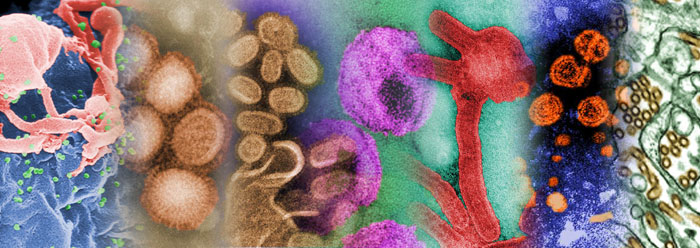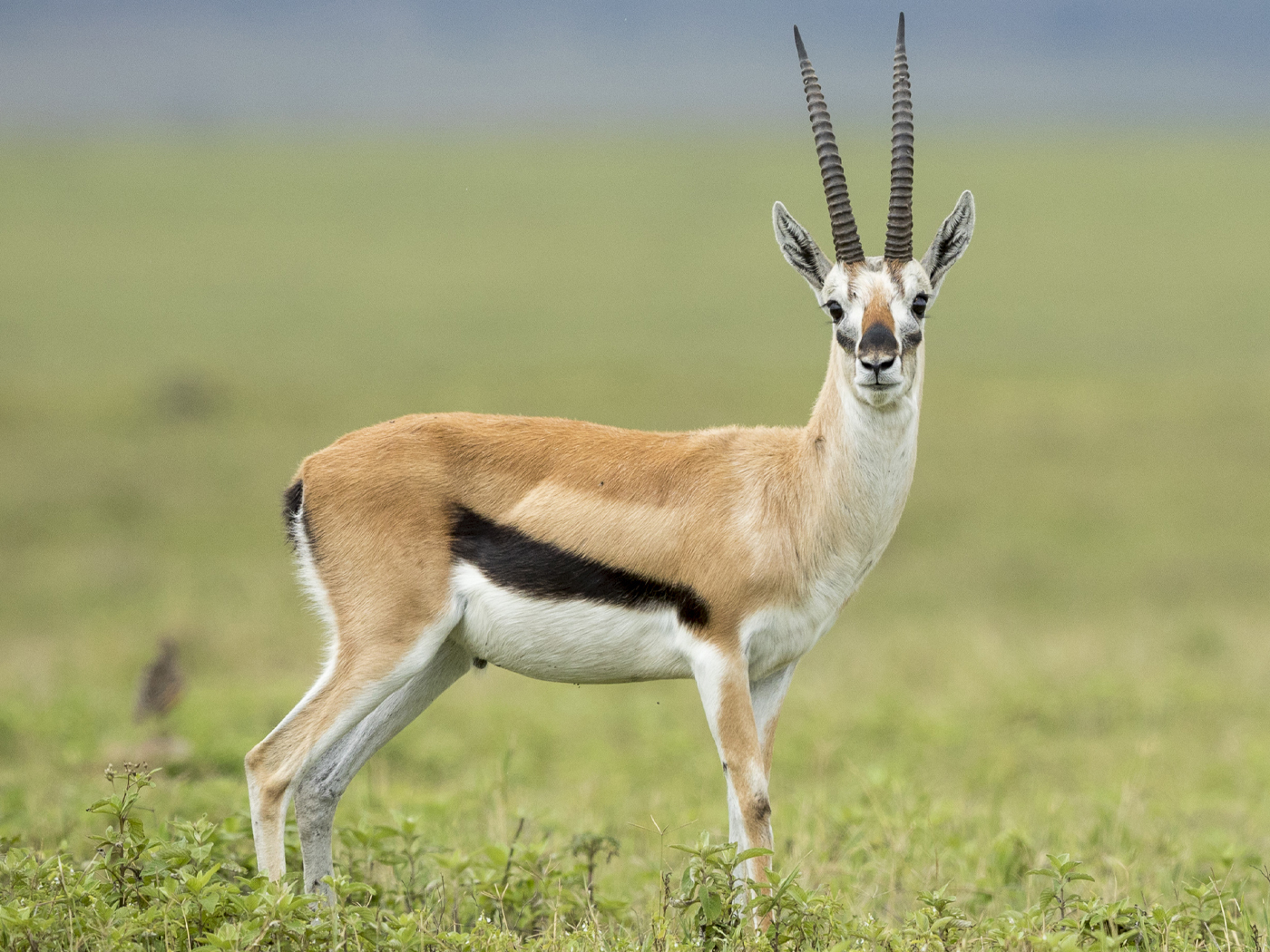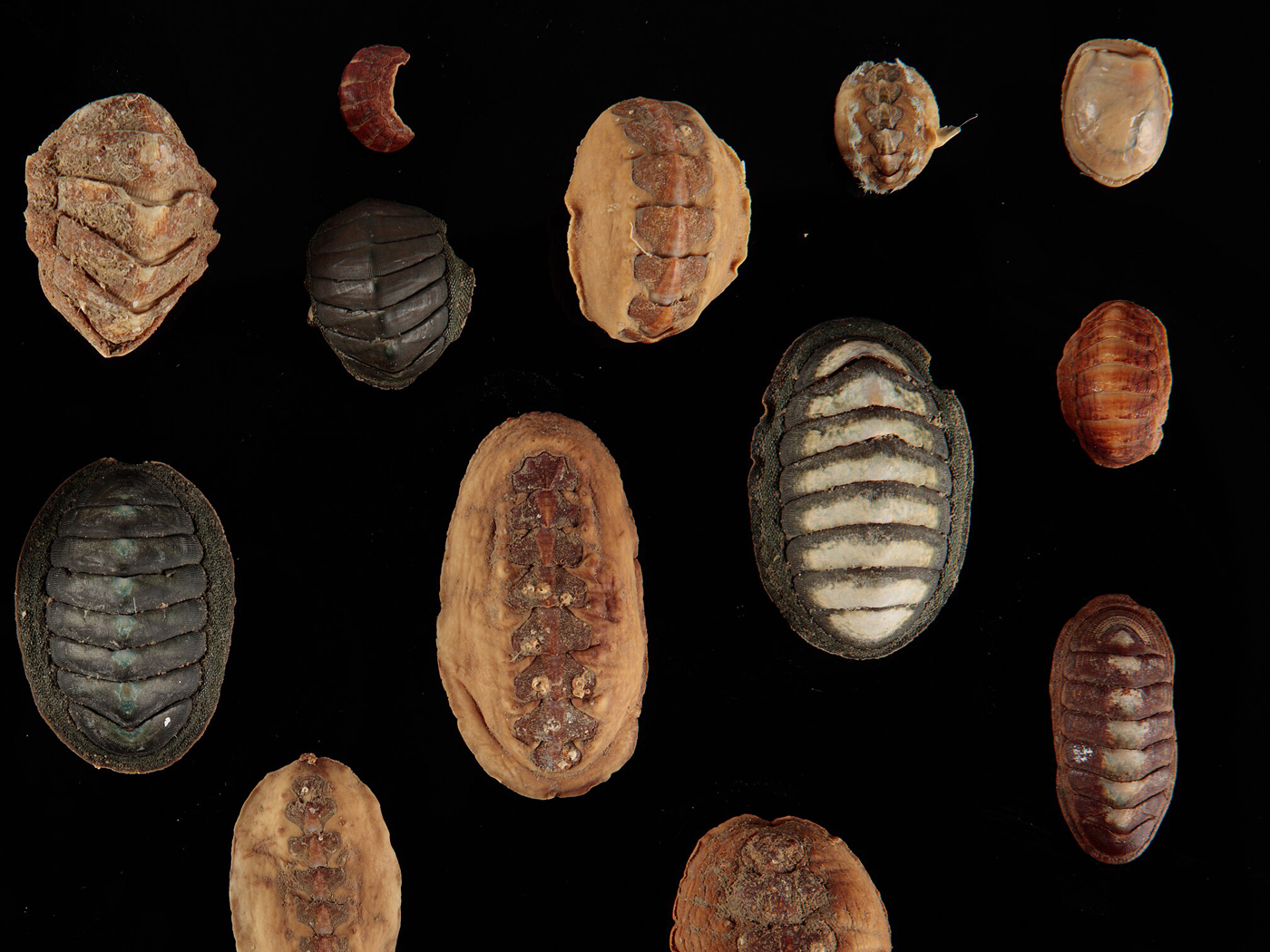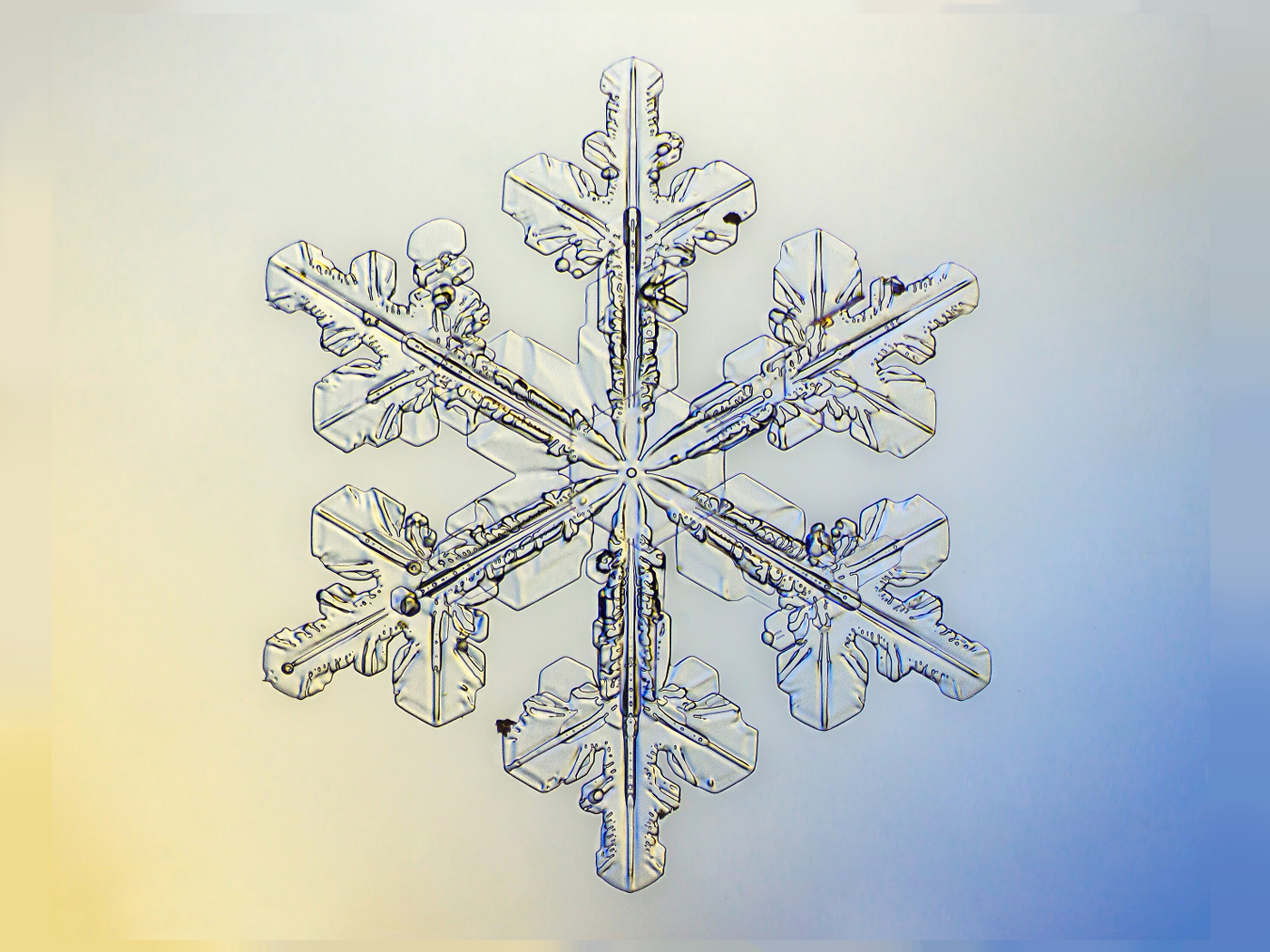Since a whole, functioning cell could not possibly emerge spontaneously from non-living matter, many evolutionists believe that simpler viruses were the first step towards the development of life. Researchers in Finland conducted a test on the survivability of viruses inside bacterial spores, which some scientists hypothesize may have travelled through space on meteoroids to seed life on earth. What the study discovered, however, is that life springing from space-borne viruses was highly unlikely.
The question of life’s beginnings has been vexing to Darwin’s supporters. After a lifetime of speculating on naturalistic scenarios for the origin of life on earth, famous Russian evolutionist A. I. Oparin in 1961 deferred to the next generation to supply the critical answers to the question of origins.1 Since then, the insurmountable odds against spontaneous generation have forced some scientists to acknowledge God as the creator of life.2 Others, apparently desperate to maintain belief in naturalism, have insisted on panspermia—the proposal that life was transported to earth from somewhere in outer space.
Of course, this hypothesis solves nothing because any life-friendly environment elsewhere in the universe would be subject to the same laws of chemistry and physics that prevent the spontaneous formation here of even the simplest biochemicals found in living cells and viruses.3
But many researchers have remained panspermia believers nonetheless. The new study, however, discovered that viruses fare poorly in bacterial spores.4 Scientists from the University of Jyväskylä induced bacteria to form spores, which are highly resistant bacterial cell structures, and these encapsulated the viruses. When the spores were revived into fresh, active bacterial colonies, most no longer contained viruses. The fact that viruses did not last long inside bacterial spores adds more reason to doubt the possibility of panspermia.
Not only is it unlikely that viruses could have hitchhiked on space rocks, but even if some did, “it does not explain the huge diversity of viruses on Earth.”5 There are so many viruses that are dissimilar that each strain must have arisen independently. Thus, the origin of the first cell is a total mystery for naturalistic accounting, and the separate origins of so many different viruses add even more complications.
There is one similarity between panspermia and Genesis, however. In both cases, an outside influence is invoked to explain ultimate origins. A key difference, however, is that in panspermia, the alien influence is subject to the same laws of nature as life on earth. In biblical creation, the “alien” is outside nature altogether, but perfectly able to interact within it. “The LORD looketh from heaven; he beholdeth all the sons of men. From the place of his habitation he looketh upon all the inhabitants of the earth. He fashioneth their hearts alike; he considereth all their works.”6
References
- Oparin, A. I. 1961. Life, Its Nature, Origin, and Development. New York: Academic Press, 61.
- Flew, A. 2007. There Is a God: How the World’s Most Notorious Atheist Changed His Mind. New York: Harper Collins Publishers.
- Gish, D. 2007. A Few Reasons an Evolutionary Origin of Life Is Impossible. Acts & Facts 36 (1).
- Jalasvouri, M., A.-M. Ormala, and J. K. H. Bamford. On the astrobiological relevance of viruses in extraterrestrial ecosystems. International Journal of Astrobiology. Published online by Cambridge University Press, May 12, 2009.
- Ananthaswamy, A. 2009. Long odds on space viruses seeding life. New Scientist. 2710: 10.
- Psalm 33:13-15.
Virus Images: Center for Disease Control
* Mr. Thomas is Science Writer at the Institute for Creation Research.
Article posted on June 8, 2009.














